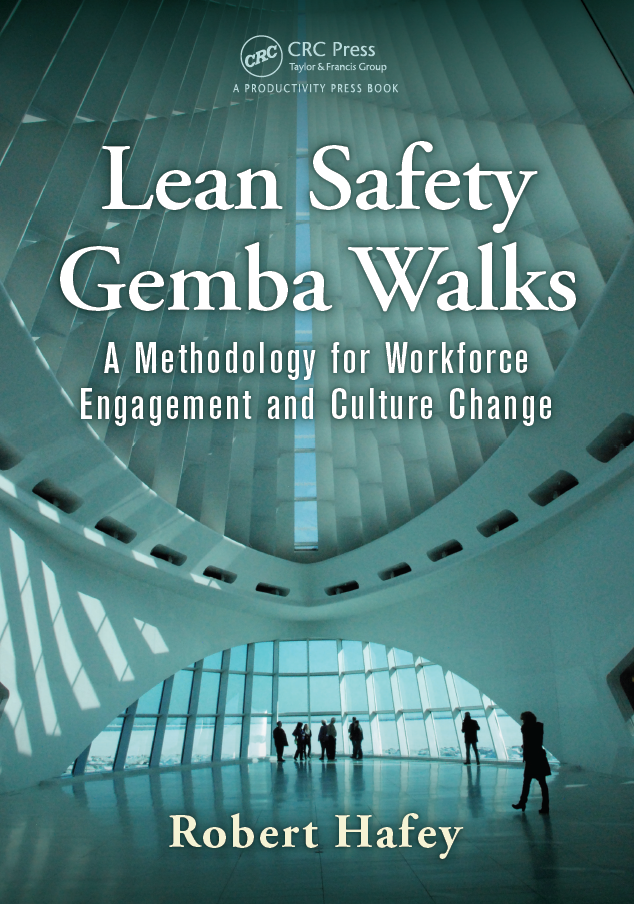Safety walks are an integral part of most safety programs. Just search the internet for “safety walk” and you will find many free downloadable forms that you can use to conduct a traditional safety walk. What do I mean by traditional? Traditional safety programs are all compliance based programs. Regulatory agencies (OSHA in the US) define and enforce rules meant to protect workers. Businesses in turn make an effort, by using a variety of methods, to comply. Safety walks, which are really safety audits, have been used for decades. An individual, or group of individuals, walks through a facility and audits the current state condition against the OSHA standards. The auditors focus their attention on “things.” If you read through the safety walk audit forms on the internet or the one used in most any business you will find words like, stairs, extinguishers, machines, guards, switches, signs, racks, aisles, etc. In addition to internally driven safety walks a company’s insurance carrier may ask to visit the site and conduct a safety audit. Their walk through will mirror the one described above. All of these compliance driven safety walks focus everyone’s attention on “things” and fail to look at the people doing the work. If the individuals are observed at all it is only to ensure compliance. For example, are they wearing their PPE (personal protective equipment)? This type of safety walk may help maintain compliance but they do nothing to move the safety culture of your business forward. They actually keep you safety program anchored in the past.
For the last three years I have been leading lean safety gemba walks. Gemba, a Japanese word, is part of the lean community vernacular. It means the shop floor or where the work is done. The word lean has become synonymous with continuous improvement. So a lean safety gemba walk is a walk on the shop floor that focuses on the continuous improvement of safety. The walks have ranged from one-on-one events with senior leaders to guiding large groups of workshop attendees on a journey that changes how they view safety. Lean safety gemba walks have nothing to do with compliance. Rather than focus on “things” the sole focus are the people doing the work. By watching the actions required to complete work tasks it is easy to identify improvement opportunities that will make the work safer and easier. When conducted in a respectful manner, by a skilled facilitator, these safety gemba walks have a dramatic impact on the safety culture of a business. They engage managers and hourly staff in the continuous improvement of safety. Employees now have a chance to make a difference in their safety culture rather than just be compliant with the rules.
I recently facilitated a 2-day Lean Safety workshop at a plant in Rockford, IL. My workshops include PowerPoint slides, lectures, small group exercises and of course time on the shop floor. On the workshop feedback form, the attendees were asked which portion of the workshop was most meaningful. Almost every respondent noted the lean safety gemba walk as the highlight of the workshop. This is because all of the theory and exercises they were exposed to on day one came to life when they were able to apply their new knowledge on the gemba walk held on day two. One respondent noted the workshop taught “engagement and doing versus talking, planning and hoping.” If you are hoping to improve safety in your plant in 2013 you can focus solely on compliance to the rules and watch your safety culture stagnate. Or, you can focus on compliance and begin to engage your workforce in proactive safety improvement activities. Contact me if you want to dramatically impact your safety culture.
Next week I will be in Minden, NV and San Diego, CA. If you want to connect to talk about Lean Safety just let me know. Stay safe.
Subscribe to:
Post Comments (Atom)


No comments:
Post a Comment